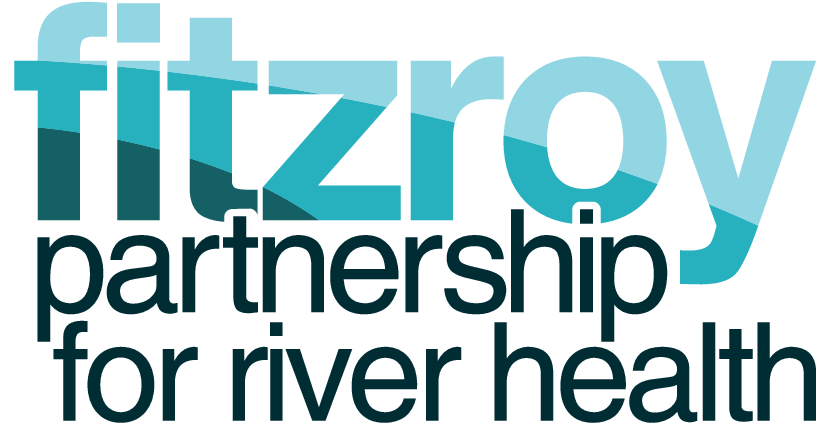Central Highlands Regional Council: Sustained by the mighty Nogoa
Sustained by the mighty Nogoa River system and often dominated by droughts and flooding rains, the Central Highlands region is an integral part of the Fitzroy Basin.
For Central Highlands Regional Council, water management is one of its key strategic priorities.
In early 2023, much-needed work at the Dingo and Duaringa water treatment plants began with the design phase. Construction began in May with an estimated completion by end 2023.
Both plants will have an ultrafiltration unit installed, refurbished clarifiers, new chemical storage and dosing facilities as well as new amenities and offices. Duaringa will gain two additional treated water storages, and the elevated tower will be removed in Dingo, and a new pump station installed.
The approximate amount of these updates is just over $5 million.
“These upgrades are very important to the livelihood of our residents in Dingo and Duaringa. Duaringa will have larger, more reliable storage and Dingo residents will notice better water pressure,” General Manager Infrastructure & Utilities Jason Hoolihan explained.
“With consistent servicing and maintenance which council is committed to, these new upgrades will last up to 15 years,” Mr Hoolihan said.
“The second phase of this project will be to complete upgrades on the raw water side of the system,” he continued.
Work on water infrastructure in the region supports the annual celebration of the Central Highland’s mighty river system, Nogoa November.
“Without our beautiful river system, we wouldn’t be the thriving region we are today,” said Mayor Kerry Hayes.
The Nogoa River rises on the Carnarvon Range southwest of Springsure and flows generally north-easterly towards Emerald.
Connecting to the Comet River, and the Mackenzie River, the Nogoa descends 361 metres and spans over 569 kilometres.
The construction of dams and weirs along the river system has created irrigation allocation for communities, industry, and agriculture and yet maintains sufficient water for our natural environment, making it one of the best-managed catchments in the nation.



